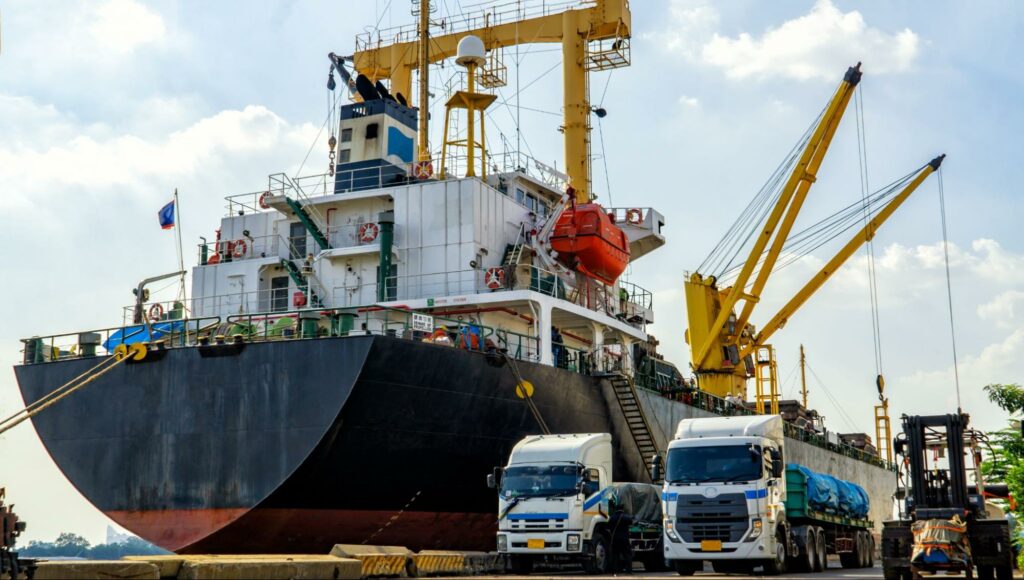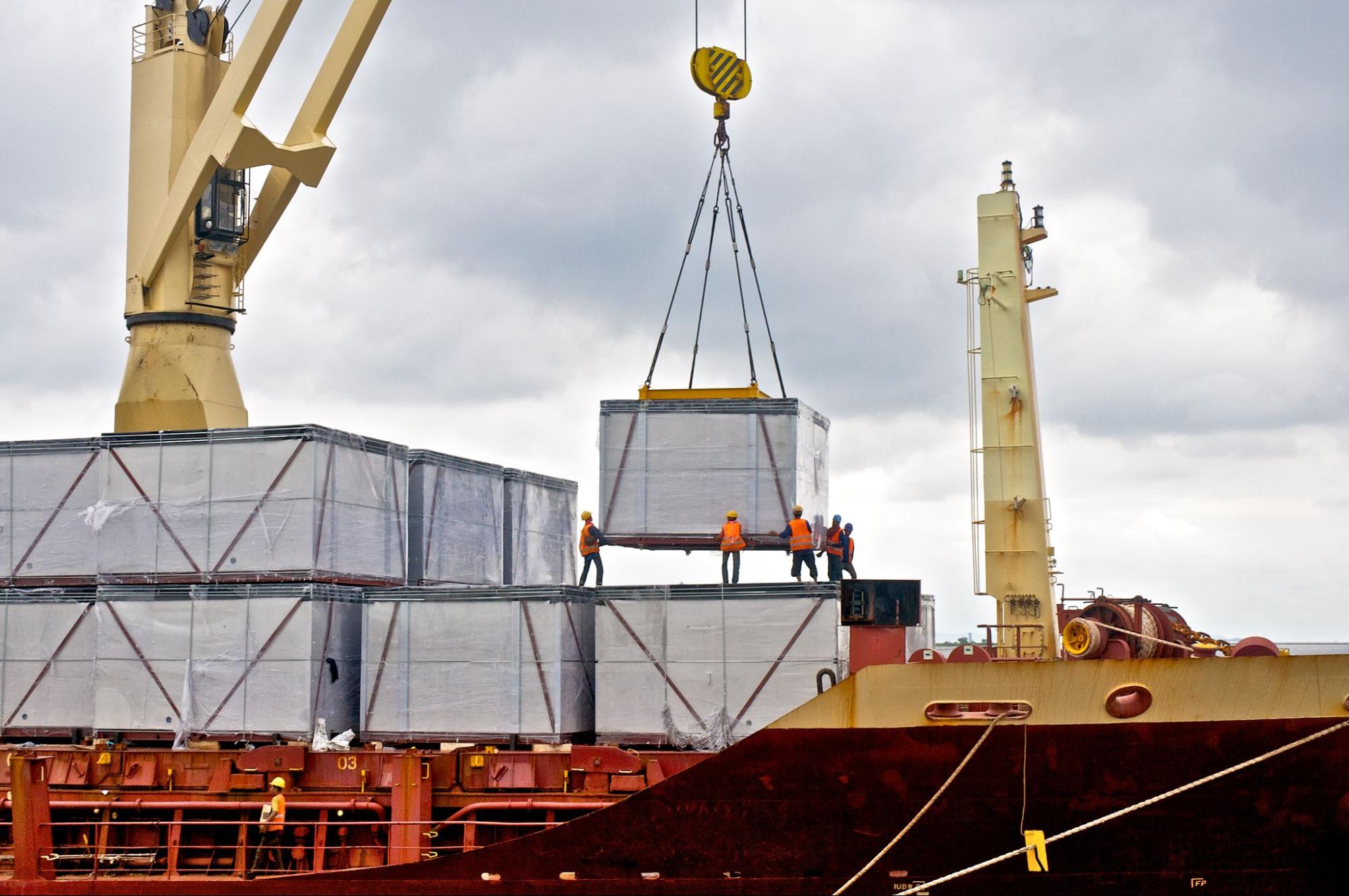In the intricate world of logistics and transportation, out-of-gauge (OOG) cargo presents unique challenges that demand specialised handling and strategic planning. OOG cargo encompasses items that exceed standard shipping container dimensions, posing a logistical puzzle due to its non-conformity to typical transport solutions.
As a result of these challenges, transporting OOG cargo is a complex affair that requires the expertise of a specialised logistics company with the know-how to move such equipment safely and effectively. In this blog, we’ll explore the complexities of transporting OOG cargo, and how a specialised logistics provider can help manage these extraordinary shipments.
Understanding Out-of-Gauge (OOG) Cargo
OOG cargo refers to items that exceed the standard dimensions of shipping containers, requiring unique solutions for transportation. They may also be referred to as break bulk cargo or oversized cargo. Common examples include heavy machinery, industrial components, and large vehicles, typically found in sectors like oil & gas, mining, construction, manufacturing, and energy.
What Makes Transporting Out-of-Gauge Cargo Complex?
Transporting OOG cargo involves logistical challenges that go beyond the realm of standard freight operations. These complexities stem from the oversized cargo’s non-standard dimensions, which typically exceed the size and weight limits of regular transportation modes.
As a result, OOG logistics often involves meticulous documentation and permits that adhere to local and international shipping laws. Additionally, OOG cargo often requires the use of custom equipment and vehicles capable of safely handling and transporting break bulk cargo, further complicating logistics planning. Lastly, OOG transport also requires intricate route planning, to avoid obstacles and ensure safe delivery, as not every port has the capabilities to handle break bulk shipments.
Financially, OOG shipments cost more due to their complex handling requirements, increased risks, and bulk cargo vessel chartering with enough space to carry the oversized cargo.
Strategic Planning for OOG Cargo Transportation

Strategic planning is crucial in order to effectively transport OOG cargo. This may involve the following steps:
Equipment Selection: Utilising the right equipment, such as heavy-duty forklifts for side loading and cranes for top loading, is crucial. This ensures secure placement of oversized cargo for even weight distribution in compliance with safety standards.
Certification of Lifting Teams and Equipment: The lifting teams and equipment must have the right certifications, such as CSC 1972, to carry out the work. This is a crucial step for compliance with safety regulations and to minimise work hazards.
Sea Freight Transportation: Most OOG cargo will be stored in specialised open-top containers or flatbeds during sea transit. Open-top containers facilitate the vertical loading of cargo that exceeds standard dimensions, securely accommodating items that standard containers cannot. Flatbeds, with their adjustable walls and open sides, are ideal for transporting wider loads.
Protection of Cargo: Logistics providers use heavy-duty tarps and industrial-grade shrink wrap to shield oversized cargo from environmental elements like rain, dust, and sunlight. This ensures the cargo remains protected throughout transit, maintaining its integrity from departure to arrival.
Storage Requirements: Special arrangements in warehouses or open yards are often necessary to accommodate the unique size and sensitivity of OOG cargo, requiring pre-arrangements and approvals ahead of time.
Inland Transport Planning: Comprehensive site surveys must be conducted to identify the best routes to transport oversized cargo over land. This includes avoiding any environmental limitations such as low bridges or narrow paths.
Regulatory Compliance and Clearance
Securing the necessary permits and clearances for OOG cargo involves navigating a complex web of international and local shipping laws and regulations. This process demands a logistics partner with deep expertise in international shipping regulations to efficiently manage the diverse requirements of each country. Such a partner streamlines the clearance process, minimising any potential delays and complications.
Streamline OOG Cargo Logistics with HPL’s Expertise
Halcon Primo Logistics (HPL) specialises in overcoming the complexities of OOG cargo logistics. Our end-to-end project logistics support and custom transportation solutions are precisely designed to manage the unique demands of oversized shipments. With vast experience in handling OOG cargo for critical sectors like Oil & Gas, Mining, and Construction, HPL stands as a leader as one of the leading heavy machinery movers in Singapore.
Partnering with HPL means accessing a suite of specialised logistics services tailored to your business’s needs, ensuring seamless execution of even the most challenging projects. Reach out to HPL to discover how our expertise can solve your out-of-gauge transport challenges.


